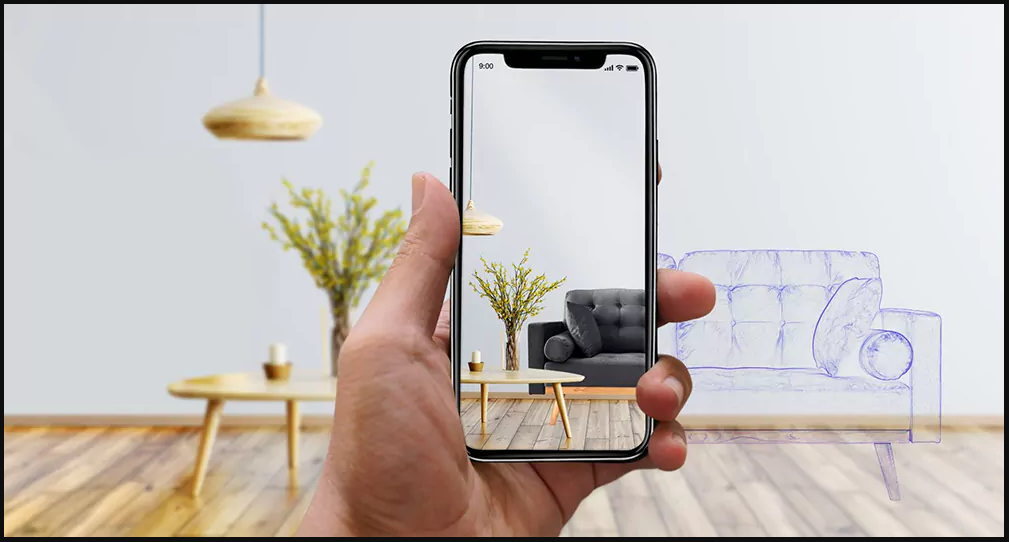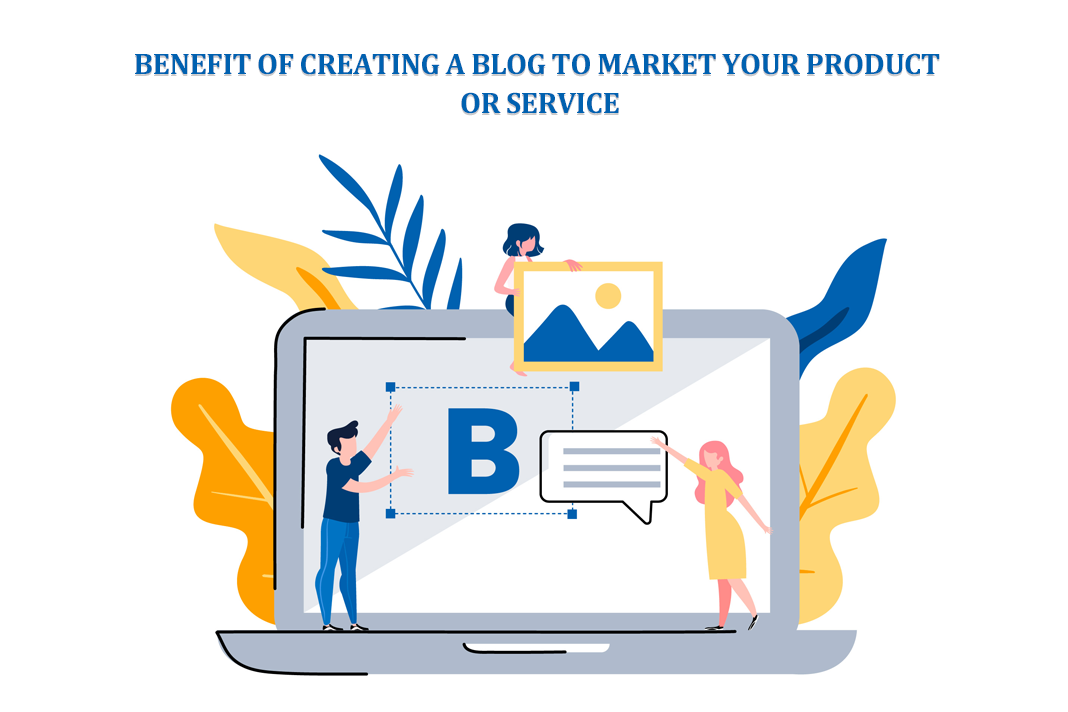
How to Develop an Augmented Reality App for Your Business?
Augmented Reality is the next big thing in technology. It is estimated that the AR market will be worth $60 billion by 2023. If you want to get in on this booming industry, you need to develop an AR app for your business.
This blog post will help you get all the crucial information about augmented reality app development. We will discuss the importance of AR apps and how to develop one for your business.
We will also cover the cost of development and how to find a qualified developer. So if you’re ready to jump into the world of Augmented Reality, keep reading!
How to Develop An Augmented Reality App?
So if you have been wondering how to develop an AR app for your business, here is a step-by-step guide:
1. Define Your Business Goals and Objectives
The first step in developing an AR app is to define your business goals and objectives. Before you hire Android developer or iOS developer, find out what you want the app to achieve. How will it help your business? Are there any other ways through which you can achieve these goals or objectives without the need for this new technology?
2. Decide on Your Target Audience
Once you have defined your objectives and goals, you need to decide on your target audience. Which segment of customers will this app be targeting? Is there a specific age group or gender that you want to target with your AR app? Do you plan to develop a general app for everyone or one that is geared toward a specific niche or industry?
3. Gather Information on Your Target Audience
Next, you will need to gather information about your target audience. What are their needs and preferences? How do they use apps in general? What kind of content and features would they like to see in an AR app? Which platforms are they most active on?
4. Choose a Platform and Development Software
Once you have defined your target audience and gathered information about them, it is time to decide on the platform and development software for your AR app. There are several platforms that offer integrated AR features like Apple’s ARKit or Google’s ARCore, both of which allow developers to create AR apps for smartphones. However, if you want to target higher-end devices like smart glasses or head-mounted displays, then you can go with platforms like Vuforia or ThingWorx Studio.
5. Create Your Wireframe and UI Design
Once you have decided on the platform for your app, the next step is to create a wireframe and UI design. Your wireframe should give a visual representation of how you want the app to function and what features it needs to have. The UI design, on the other hand, should focus on enhancing user experience by providing an interactive interface with easy-to-use controls.
6. Test and Modify Your Design as Needed
Finally, once you have developed your wireframe and UI design, it is time to test the app and make any necessary changes. This can be done easily by creating a prototype of the app or even using a software development kit (SDK) that allows you to test the features on a smartphone camera.
While developing an AR app may seem daunting at first, following these steps can make the process much easier and less time-consuming. And with the right features and design in place, an AR app can be a powerful tool to help your business stand out from the competition and achieve greater success.
Sectors Using AR Apps Widely
The growing popularity of Augmented Reality (AR) technology has led to a huge rise in the number of AR apps being developed for various sectors. Some of these notable industries include the retail, healthcare, and education sectors. Here’s a look at how each sector is leveraging the power of AR apps to enhance customer experience and improve operations in various ways.
- The retail sector is one of the earliest adopters of Augmented Reality technology and apps. AR has helped transform the customer experience in this industry by creating a digital layer on top of physical stores, products, and displays. For example, museums use AR to provide visitors with information about their exhibits via labels, while retailers like Sephora and IKEA rely on AR apps for virtual product trials.
- In the healthcare sector, AR apps are being used in a wide range of applications including patient education, medical device visualization, and surgery training. In fact, studies have shown that AR can play a significant role in improving surgical outcomes and saving lives. Some hospitals have already adopted AR apps to help reduce errors and improve communication during a surgical procedures.
- The education sector is also leveraging the power of Augmented Reality to enhance classroom learning experiences. For example, almost all textbooks now come with 3D models or animations embedded via AR apps that allow students to interact with visuals in an immersive manner.
4. Similarly, some universities like the Massachusetts Institute of Technology (MIT) have developed AR apps for students to learn about their campus and explore academic programs.
Overall, the immense potential of AR technology has made it one of the most important tools for businesses looking to enhance user experience and improve operational efficiency. If you are planning to develop an Augmented Reality app for your business, it is essential to work with a reliable app development company that can help you achieve your goals.
Final Words:
Augmented reality (AR) apps have emerged as one of the most innovative and catchy ways to grab the attention of users. AR apps work by overlaying computer-generated images on a user’s view of real-world objects with the help of sensors and cameras. These apps can be used in a variety of sectors. Meta also uses creating such apps. You can get an innovative AR app by seeking help from professional developers.



